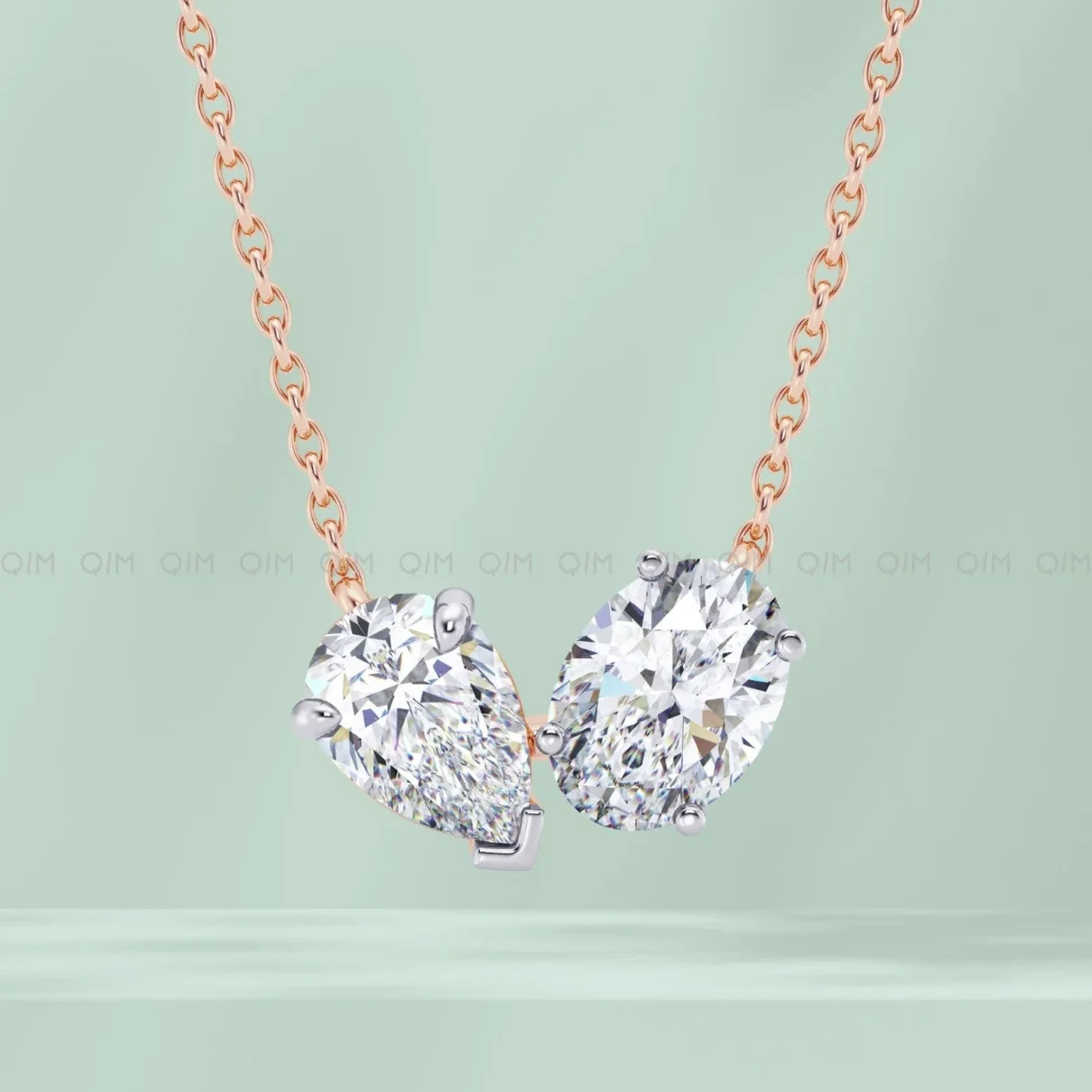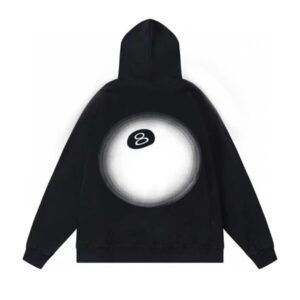In the ever-evolving world of fine jewelry, the demand for sustainability and ethical practices has never been greater. As consumers become more conscious of the environmental impact of their purchases. A new trend is emerging in the luxury jewelry market: lab grown diamonds.
These diamonds offer the same brilliance and beauty as mined diamonds. But with the added advantage of being eco-friendly and ethically produced. I
n this blog, we’ll explore the rise of lab grown diamonds and why they represent the future of sustainable luxury.
The Growing Demand for Sustainability in Luxury
Traditionally, luxury has been linked to rarity and exclusivity; however, in today’s world, it is increasingly synonymous with sustainability. Consumers are no longer content with products that are simply beautiful. They seek assurance that their purchases are ethically sourced and have a minimal environmental footprint. This shift in consumer values has driven the demand for lab grown diamonds. Which offer an eco-friendly alternative to mined diamonds.
The jewelry industry, in particular, has been under scrutiny for its environmental and social impact. Critics have condemned traditional diamond mining for its role in environmental degradation, deforestation, and unethical labor practices. At Quebym, we understand the importance of sustainable luxury, and that’s why we’ve embraced lab grown diamond jewelry as a key part of our collection.
What Are Lab Grown Diamonds?
Lab grown diamonds are genuine diamonds produced in a laboratory setting using cutting-edge technology. They have the same physical, chemical, and optical properties as mined diamonds, making them virtually indistinguishable to the naked eye. In fact, even expert gemologists often require specialized equipment to tell the difference between a lab grown diamond and a natural one.
There are two primary methods for creating lab diamonds: High Pressure High Temperature (HPHT) and Chemical Vapor Deposition (CVD). Both methods replicate the natural processes that occur deep within the Earth’s mantle, where diamonds form over millions of years.
- HPHT involves applying high pressure and high temperature to carbon, mimicking the conditions under which natural diamonds are formed.
- CVD involves breaking down carbon-rich gases, such as methane, and using the carbon atoms to build layers of diamond on a seed crystal.
The Environmental Benefits of Lab Grown Diamonds
One of the most compelling reasons for the rise of lab grown diamonds is their environmental impact. Traditional diamond mining is an energy-intensive process that often leads to deforestation, soil erosion, and water pollution. In some cases, it can also contribute to the displacement of local communities and wildlife.
In contrast, lab grown diamonds have a significantly smaller environmental footprint. The process of creating diamonds in a lab requires far less energy and water, and it eliminates the need for destructive mining practices. This makes lab grown diamonds a more sustainable choice for environmentally conscious consumers.
Ethical Sourcing and Transparency
In addition to their environmental benefits, lab diamonds are also an ethical choice. The traditional diamond industry has long been associated with issues such as conflict diamonds (also known as blood diamonds), which are mined in war zones and sold to finance armed conflict. While efforts have been made to address this issue, concerns about the transparency and traceability of diamonds remain.
Affordability and Accessibility
Another reason for the growing popularity of lab grown diamonds is their affordability. Because they do not require the costly and labor-intensive process of mining. Lab grown diamonds are typically 20-40% less expensive than mined diamonds of similar quality. This makes luxury jewelry more accessible to a wider range of consumers, allowing more people to experience the beauty and elegance of diamonds without breaking the bank.
The Future of Fine Jewelry: Customization and Innovation
One of the most exciting aspects of lab grown diamonds is the level of customization they offer. Creating diamonds in a laboratory allows for easier control over the size, shape, and quality of each one. This opens up new possibilities for jewelry designers to create unique and personalized pieces that reflect the individual style of their customers.
A Shift in Consumer Preferences
As more consumers become aware of the benefits of lab diamonds, the demand for lab grown diamond jewelry continues to grow. Consumers’ growing desire for transparency, sustainability, and affordability drives this shift in preferences. People are no longer content with simply owning a beautiful piece of jewelry. They want to know that their purchase aligns with their values and supports a better, more sustainable future.
Why Choose Quebym for Lab Grown Diamond Jewelry?
At Quebym, we are passionate about offering our customers the highest quality lab grown diamond jewelry. We believe that luxury should be sustainable, ethical, and accessible, and our collection reflects this commitment.
When you choose lab grown diamonds from Quebym. You’re not just investing in a beautiful piece of jewelry. You’re making a conscious choice to support ethical practices and reduce your environmental impact. Our skilled craftsmen use the latest technology to create our diamonds, ensuring you receive a product that is both stunning and responsibly made.
Conclusion
The rise of lab grown diamonds marks a new era in the world of fine jewelry. One where luxury, sustainability, and ethics go hand in hand. As more consumers seek out environmentally friendly and ethically sourced products. Lab grown diamonds are becoming the clear choice for those who want to enjoy the beauty of diamonds without compromising their values.
At Quebym, we are proud to be a part of this movement, offering a stunning collection of lab grown diamond jewelry that combines elegance, sustainability, and affordability. Explore our collection today and discover the future of luxury jewelry.




